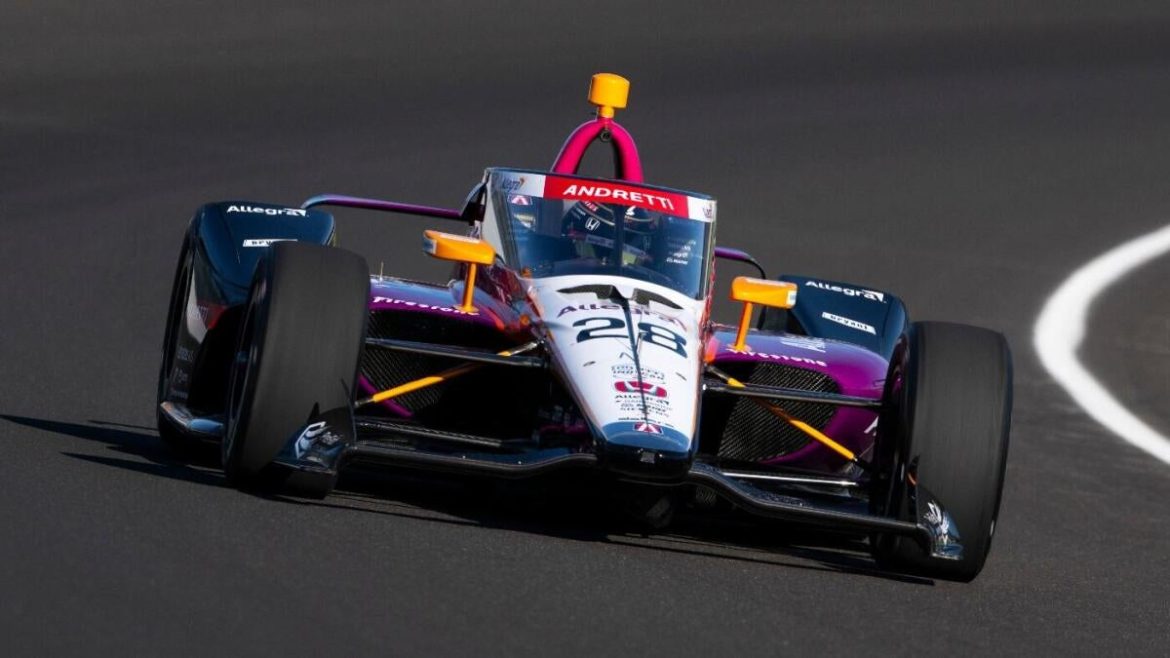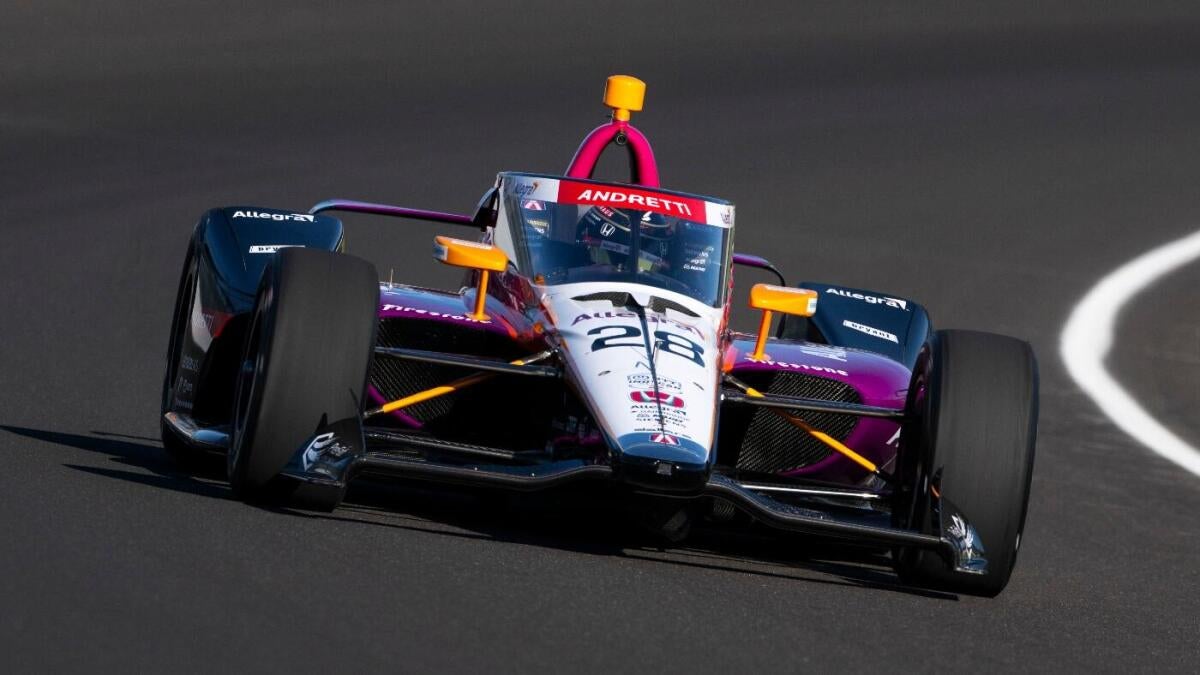Marcus Ericsson’s Rollercoaster at the 109th Indianapolis 500: Triumph, Controversy, and Consequences
The 109th Indianapolis 500 brought a dramatic blend of excitement, disappointment, and controversy for Marcus Ericsson, a prominent figure in IndyCar racing. As a driver with a storied presence—including an Indianapolis 500 win and multiple near victories—Ericsson’s experience at this edition of the race paints a compelling narrative about the stakes and complexities inherent in this iconic motorsport event.
The Race’s Final Moments: A Controversial Ending
Marcus Ericsson crossed the finish line as the runner-up of the Indy 500, yet the race’s final act left him frustrated and publicly vocal about the methods employed. The event ended with a one-lap shootout following a caution period, a decision that Ericsson described as neither “the right way to end the race” nor safe. His comments highlight a fundamental tension in racing between spectacle and safety, underscoring how race control’s split-second decisions can significantly affect competitors’ feelings and the race outcome.
The choice to restart with a green-white-checkered finish, rather than settling under yellow or red flags, is often contentious. For drivers like Ericsson who meticulously strategize fuel, tire wear, and positioning, such late-race restarts can upend well-laid plans and provoke disappointment. Ericsson’s remark captures the emotional toll of racing’s unpredictability, especially on a stage as grand as Indianapolis.
From Near Victory to Disqualification: Post-Race Inspection Fallout
Ericsson’s frustration deepened dramatically when, following post-race technical inspections, his No. 28 Andretti Global Honda was found to have unapproved modifications. This resulted in his official finish being relegated from second place to 31st. Alongside teammates Kyle Kirkwood and Callum Ilott, whose cars also failed inspection, Ericsson faced significant penalties that included hefty fines and team sanctions.
This post-race disqualification underscores the strict regulatory environment of IndyCar racing, where adherence to technical specifications is rigorously enforced to maintain fairness. The discovery of unapproved car modifications—whether intentional or inadvertent—penalizes not just drivers but entire teams, shaking up final race results and season standings.
Emotional and Professional Impact on Ericsson
For Ericsson, who had “played over” his close defeat to Alex Palou repeatedly in his mind, the penalty transformed a bittersweet finish into a crushing blow. The sense of heartbreak transcended mere sporting loss; it marked a profound professional setback after months of preparation and years of pushing toward Indy 500 glory.
His public statements reflect the emotional weight carried by elite racers—whose careers often hinge on a handful of pivotal moments. Ericsson described the race and its outcome as “more than just a race,” indicating how deeply intertwined his identity and ambitions are with this specific event.
Overview of the Race Day Chaos
The 2025 Indianapolis 500 was marked not only by Ericsson’s personal saga but also by a high number of crashes and incidents. The volatile nature of the race itself, with multiple airborne crashes and a highly competitive field, set a frenetic tone. Early incidents, including a crash that removed Ericsson before he could complete a lap (according to some reports), contrasted with his later ability to fight back into contention in the latter stages—showing his resilience.
Consequences for Andretti Global and IndyCar
Andretti Global, as a team, received significant scrutiny and operational consequences following the penalty notices. The disqualifications of both Ericsson and Kirkwood—and the subsequent fines and suspensions—highlight how team compliance and ethics are critical in the hyper-competitive landscape of IndyCar racing.
From an organizational perspective, these episodes prompt conversations about oversight, car development, and the pressures teams face to push technological boundaries within narrow rule frameworks. Furthermore, the penalties send a clear message about IndyCar’s commitment to race integrity, even if such decisions can sour fans and participants alike.
Looking Ahead: Lessons and Prospects for Ericsson
While the immediate outcome of the 109th Indy 500 is a setback for Marcus Ericsson, his track record—including a prior Indianapolis 500 victory and consistent top finishes—demonstrates resilience and elite skill. Such adversity has often catalyzed greater focus and determination in sports professionals. How Ericsson and Andretti Global respond to these challenges—rethinking technical approaches, reinforcing compliance, and navigating the psychological aftermath—will shape their trajectory in the remainder of the season and beyond.
Conclusion: More Than Just a Race
Marcus Ericsson’s journey through the 109th Indianapolis 500 epitomizes the exhilarating highs and crushing lows that define motorsport at its pinnacle. From near victory to disqualification, from vocal critique of race-ending protocols to the sting of penalties, the episode reveals the nuanced tensions between competition, regulation, and human emotion.
The Indy 500 is not just a race; it is a crucible that tests every dimension of a driver’s mettle: skill, judgment, teamwork, and resilience. For Ericsson, the 2025 race will linger as a profound lesson—a complex chapter in a career driven by a relentless pursuit of excellence under pressure. Ultimately, the story reinforces why the Indianapolis 500 remains a captivating spectacle, eternally rich with drama and meaning beyond the checkered flag.





